11th International Symposium on Mechanisms of Vasodilation October 4–6, 2013, University Hospital Zurich, Switzerland
The Sympathetic System in Hypertension and Heart Failure
Endothelium-Dependent Relaxations
Novel Vasoactive Peptides
Vascular Adaptation in Hypertension
Endothelium-Dependent Hypoxic Contractions
Endothelial Function in the Cerebral Circulation
Conclusion
References
- Camm, J.A.; Lüscher, T.F.; Serruys, P.W. ESC textbook of cardiovascular medicine. Oxford: Oxford University Press; 2009.
- Furchgott, R.F.; Zawadski, J.V. The obligatory role of endothelial cells in the relaxation of arterial smooth muscle by acetylcholine. Nature. 1980, 299, 373–376. [Google Scholar] [CrossRef]
- Kuo, J.F.; Brackett, N.L.; Shoji, M.; Tse, J. Cytidine 3’:5’-monophosphate phosphodiesterase in mammalian tissues. Occurrence and biological involvement. J Biol Chem. 1978, 253, 2518–2521. [Google Scholar] [CrossRef] [PubMed]
- Palmer, R.M.; Ferrige, A.G.; Moncada, S. Nitric oxide release accounts for the biological activity of endothelium-derived relaxing factor. Nature 1987, 327, 524–526. [Google Scholar] [CrossRef]
- Vanhoutte, P.M. The end of a quest? Nature 1987, 327, 459–460. [Google Scholar] [CrossRef]
- Förstermann, U.; SessaWC. Nitric oxide synthases: regulation and function. Eur Heart J. 2012, 33, 829–837. [Google Scholar] [CrossRef] [PubMed]
- Lüscher, T.F.; Vanhoutte, P.M. The endothelium – modulator of cardiovascular function. Boca Raton (FL): CRC Press; 1990.
- Parati, G.; Esler, M. The human sympathetic nervous system: its relevance in hypertension and heart failure. Eur Heart J. 2012, 33, 1058–1066. [Google Scholar] [CrossRef]
- Schlaich, M.P.; Sobotka, P.A.; Krum, H.; Lambert, E.; Esler, M.D. Renal sympathetic-nerve ablation for uncontrolled hypertension. N Engl J Med. 2009, 361, 932–934. [Google Scholar] [CrossRef]
- Mahfoud, F.; Lüscher, T.F.; Andersson, B.; Baumgartner, I.; Cifkova, R.; DiMario, C.; et al. Expert consensus document fromthe European Society of Cardiology on catheter-based renal denervation. Eur Heart J. 2013, 34, 2149–2157. [Google Scholar] [CrossRef]
- Worthley, S.G.; Tsioufis, C.P.; Worthley, M.I.; Sinhal, A.; Chew, D.P.; Meredith, I.T.; et al. Safety and efficacy of a multi-electrode renal sympathetic denervation systemin resistant hypertension: the EnligHTN I trial. Eur Heart J. 2013, 34, 2132–2140. [Google Scholar] [CrossRef]
- Templin, C.; Jaguszewski, M.; Ghadri, J.R.; Sudano, I.; Gaehwiler, R.; Hellermann, J.P.; et al. Vascular lesions induced by renal nerve ablation as assessed by optical coherence tomography: preand post-procedural comparison with the Simplicityw catheter system and the EnligHTNTM multi-electrode renal denervation catheter. Eur Heart J. 2013, 34, 2141–2148. [Google Scholar] [CrossRef] [PubMed]
- Esler MD for the Simplicity-2 Investigators: Renal sympathetic denervation in patients with treatment-resistant hypertension (The Symplicity HTN-2 Trial): a randomised controlled trial. Lancet 2010, 376, 1903–1909. [CrossRef]
- Sudano, I.; Erne, P.; Templin, C.; Landmesser, U.; Noll, G.; Lüscher, T.F. Klinische Effekte der katheter-basierten Nierennervenablation bei therapieresistenter Hypertonie. Cardiovasc Med. Forthcoming 2013.
- Bani, D.; Bigazzi, M. Relaxin as a cardiovascular drug: a promise kept. Curr Drug Saf. 2011, 5, 324–328. [Google Scholar] [CrossRef]
- Ponikowski, P.; Metra, M.; Teerlink, J.R.; Unemori, E.; Felker, G.M.; Voors, A.A.; et al. Design of the RELAXin in acute heart failure study. Am Heart J. 2012, 163, 149–155. [Google Scholar] [CrossRef]
- Teerlink, J.R.; Cotter, G.; Davison, B.A.; Felker, G.M.; Filippatos, G.; Greenberg, B.H.; et al. RELAXin in Acute Heart Failure (RELAX-AHF) Investigators. Serelaxin, recombinant human relaxin-2, for treatment of acute heart failure (RELAX-AHF): a randomised, placebo-controlled trial. Lancet. 2013, 381, 29–39. [Google Scholar] [CrossRef]
- Metra, M.; Ponikowski, P.; Cotter, G.; Davison, B.A.; Felker, G.M.; Filippatos, G.; et al. Effects of serelaxin in subgroups of patients with acute heart failure: results from RELAX-AHF. Eur Heart J. 2013, 40, 3128–3136. [Google Scholar] [CrossRef] [PubMed]
- Forssmann, W.; Meyer, M.; Forssmann, K. The renal urodilatin system: clinical implications. Cardiovasc Res. 2001, 51, 450–62. [Google Scholar] [CrossRef] [PubMed]
- Forssmann, W. Experiments on myself. Memoirs of a surgeon in Germany. New York: Saint Martins Press; 1974. pp. 84–85.
- Wenceslau, C.F.; McCarthy, C.G.; Szasz, T.; Spitler, K.; Goulopoulou, S.; Webb, R.C. Mitochondrial DAMPs and vascular function. Eur Heart J. Forthcoming 2013. [Google Scholar]
- Yanagisawa, M.; Kurihara, H.; Kimura, S. A novel potent vasoconstrictor peptide produced by vascular endothelial cells. Nature. 1988, 332, 411–415. [Google Scholar] [CrossRef]
- Boulanger, C.; Lüscher, T.F. Release of endothelin from the porcine aorta: Inhibition by endothelium-derived nitric oxide. J Clin Invest. 1990, 85, 587–590. [Google Scholar] [CrossRef]
- Boulanger, C.; Lüscher, T.F. Nitrovasodilators and hirudin inhibit the thrombin-stimulated release of endothelin from the intact porcine aorta by two different mechanisms. Circ Res. 1991, 68, 1768–1772. [Google Scholar] [CrossRef]
- Lüscher, T.F.; Barton, M. Endothelin and endothelin receptor antagonists: Therapeutic considerations for a novel class of cardiovascular drugs. Circulation. 2000, 102, 2434–2440. [Google Scholar] [CrossRef] [PubMed]
- Barton, M.; d’Uscio, L.; Shaw, S.; Meyer, P.; Moreau, P.; Lüscher, T.F. ETA receptor blockade prevents increased tissue endothelin-1, vascular hypertrophy, and endothelial dysfunction in salt-sensitive hypertension. Hypertension. 1998, 31, 499–504. [Google Scholar] [CrossRef]
- Moreau, P.; d'Uscio, L.V.; Shaw, S.; Takase, H.; Barton, M.; Lüscher, T.F. Angiotensin II increases tissue endothelin and induces vascular hypertrophy in vivo: Reversal by ETA-receptor antagonist. Circulation. 1997, 96, 1593–1597. [Google Scholar] [CrossRef] [PubMed]
- Lüscher, T.F.; Oemar, B.; Boulanger, C.M.; Hahn, A.W.A. Molecular and cellular biology of endothelin and its receptors − Part I. J Hypertens. 1993, 11, 7–11. [Google Scholar] [CrossRef] [PubMed]
- Krum, H.; Viskoper, R.J.; Lacourciere, Y.; Budde, M.; Charlon, V. The effect of an endothelin-receptor antagonist, bosentan, on blood pressure in patients with essential hypertension. Bosentan Hypertension Investigators. N Engl J Med. 1998, 338, 784–790. [Google Scholar] [CrossRef]
- Kurihara, Y.; Kurihara, H.; Suzuki, H.; Kodama, T.; Maemura, K.; Nagai, R.; et al. Elevated blood pressure and craniofacial abnormalities in mice deficient in endothelin-1. Nature. 1994, 368, 703–710. [Google Scholar] [CrossRef]
- Spieker, L.E.; Noll, G.; Ruschitzka, F.T.; Lüscher, T.F. Endothelin Receptor Antagonists in Congestive Heart Failure: A New Therapeutic Principle for the Future? J Amer Coll Cardiol. 2001, 37, 1493–1505. [Google Scholar] [CrossRef][Green Version]
- Omland, T.; Lie, R.T.; Aakvaag, A.; Aarsland, T.; Dickstein, K. Plasma endothelin determination as a prognostic indicator of 1-year mortality after acute myocardial infarction. Circulation 1994, 89, 1573–1579. [Google Scholar] [CrossRef]
- Spieker, L.E.; Mitrovic, V.; Noll, G.; Pacher, R.; Schulze, M.R.; Muntwyler, J.; et al. on behalf of the ET 003 investigators. Acute hemodynamic and neurohumoral effects of selective ETA receptor blockade in patients with congestive heart failure. J Amer Coll Cardiol. 2000, 35, 1745–1752. [Google Scholar] [CrossRef]
- Lüscher, T.F.; Enseleit, F.; Pacher, R.; Mitrovic, V.; Schulze, M.R.; Willenbrock, R.; et al. Hemodynamic and neurohumoral effects of selective endothelin A (ETA) receptor blockade in chronic heart failure: The heart failure ETA receptor blockade trial (HEAT). Circulation. 2002, 106, 2666–2672. [Google Scholar] [CrossRef]
- Anand, I.S.; McMurray, J.; Cohn, J.N.; Konstam, M.A.; Notter, T.; Quitzau, K.; et al. on behalf of the EARTH investigators. Long-term Effects of darusentan on LV remodeling and clinical outcomes – The Endothelin A Receptor Antagonist Trial in Heart Failure (EARTH). Lancet 2004, 364, 347–354. [Google Scholar] [CrossRef] [PubMed]
- Packer M on behalf of the ENABLE investigators. Effects of the endothelin receptorantagonist bosentan on the morbidity and mortality in patients with chronic heart failure. Results of the ENABLE 1 and 2 Trial Program. Presented at the American College of Cardiology 2002.
- Lüscher, T.F. The bumpy road to evidence: why many research findings are lost in translation. Eur Heart J. Forthcoming 2013. [CrossRef]
- Pulido, T.; Adzerikho, I.; Channick, R.N.; Delcroix, M.A.; Galie, N.; Ghofrani, H.A.; et al. For the SERAPHIN Investigators. Macitentan and Morbidity and Mortality in Pulmonary Arterial Hypertension. N Engl J Med. 2013, 369, 809–819. [Google Scholar] [CrossRef] [PubMed]
- Jaguszewski, M.; Osipova, J.; Ghadri, J.R.; Napp, L.C.; Widera, C.; Franke, J.; et al. A signature of circulatingmicroRNAs differentiates takotsubo cardiomyopathy from acute myocardial infarction. Eur Heart J [Internet]. 2013. Available online: http://eurheartj.oxfordjournals.org/con- tent/early/2013/09/16/eurheart.
- Rubanyi, G.M.; Vanhoutte, P.M. Hypoxia releases a vasoconstrictor substance from the canine vascular endothelium. J Physiol. 1985, 364, 45–56. [Google Scholar] [CrossRef] [PubMed]
- Chan, C.K.Y.; Mak, J.; Gao, Y.; Man, R.Y.K.; Vanhoutte, P.M. Endothelium-derived NO, but not cyclic GMP, is required for hypoxic augmentation in isolated porcine coronary arteries. Am J Physiol Heart Circ Physiol 2011, 301, H2313–H2321. [Google Scholar] [CrossRef]
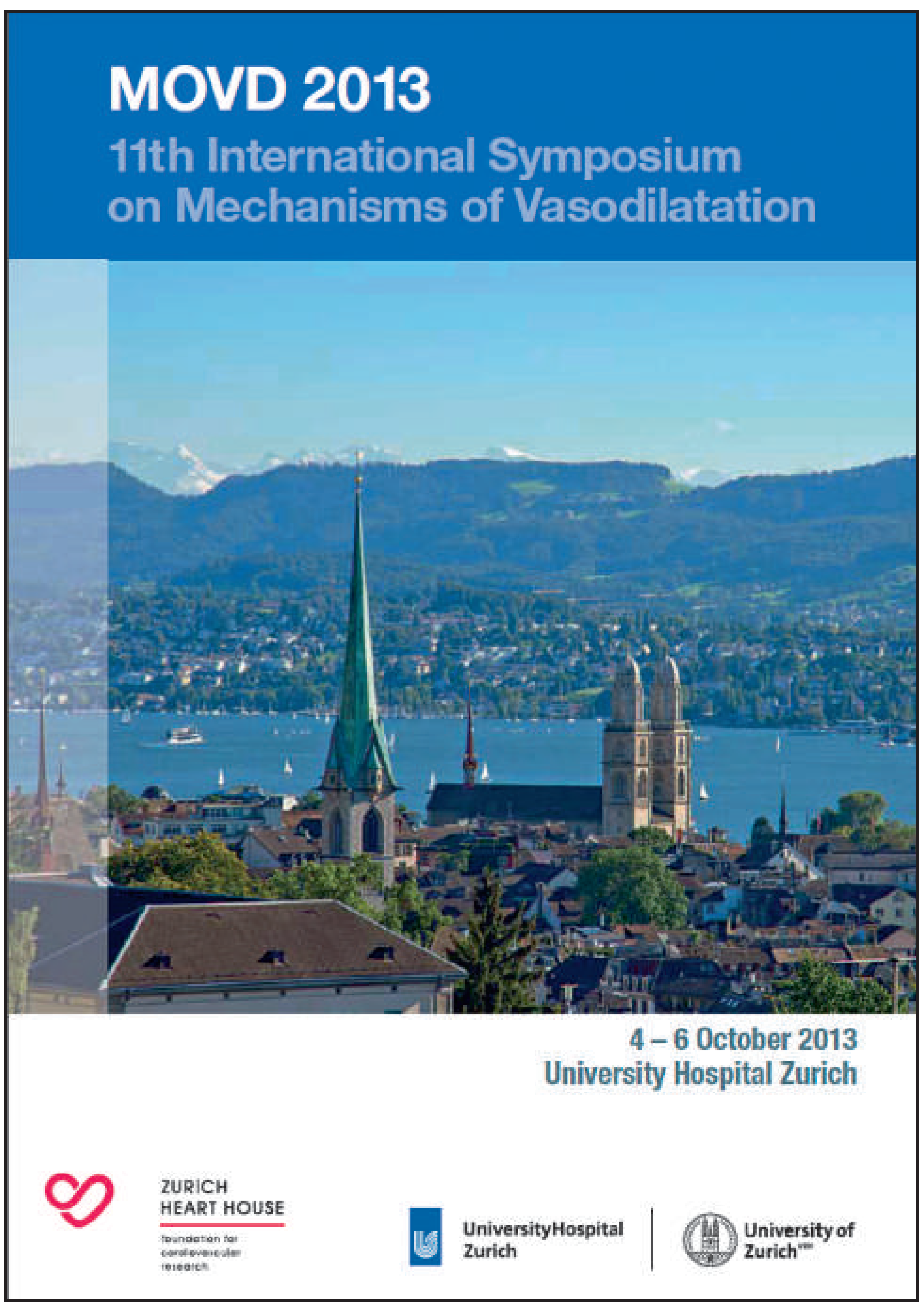
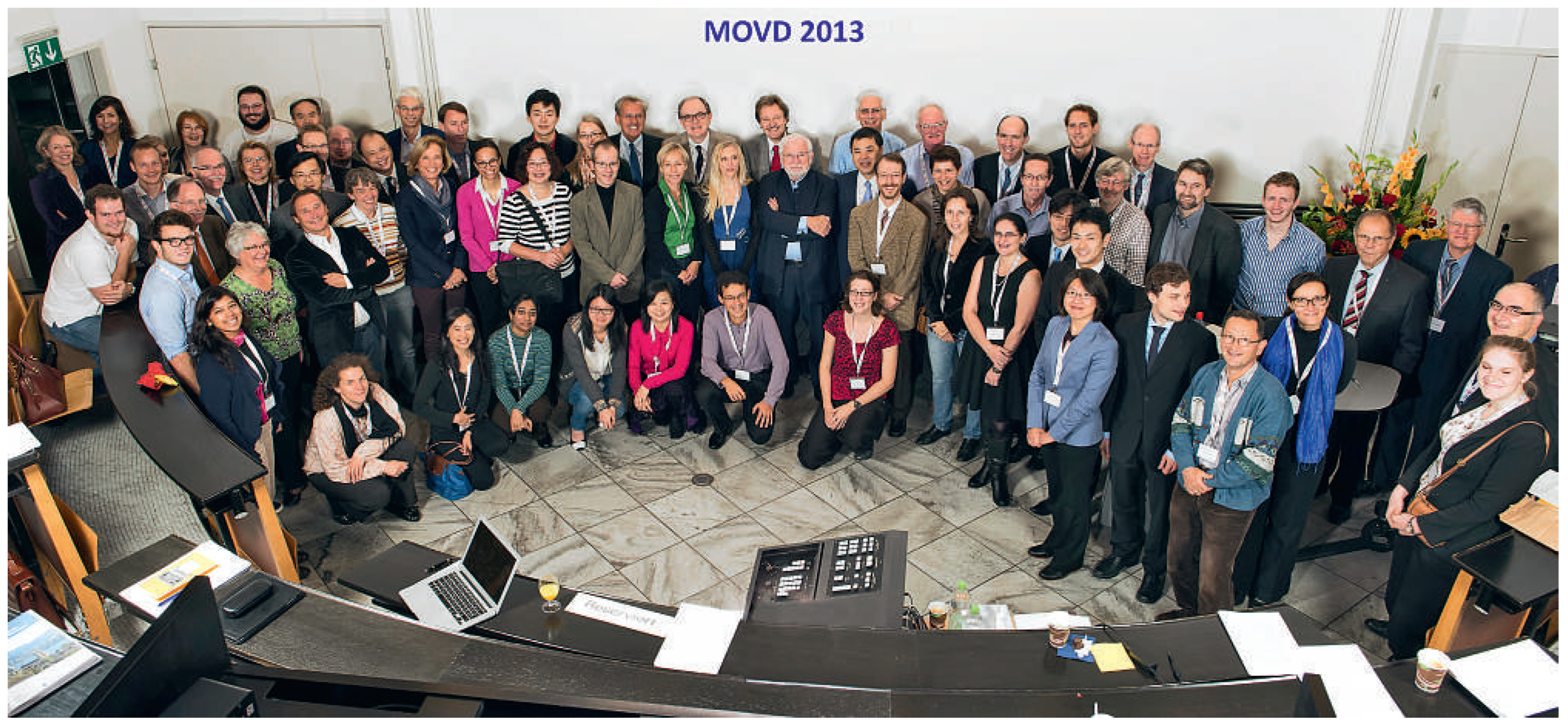
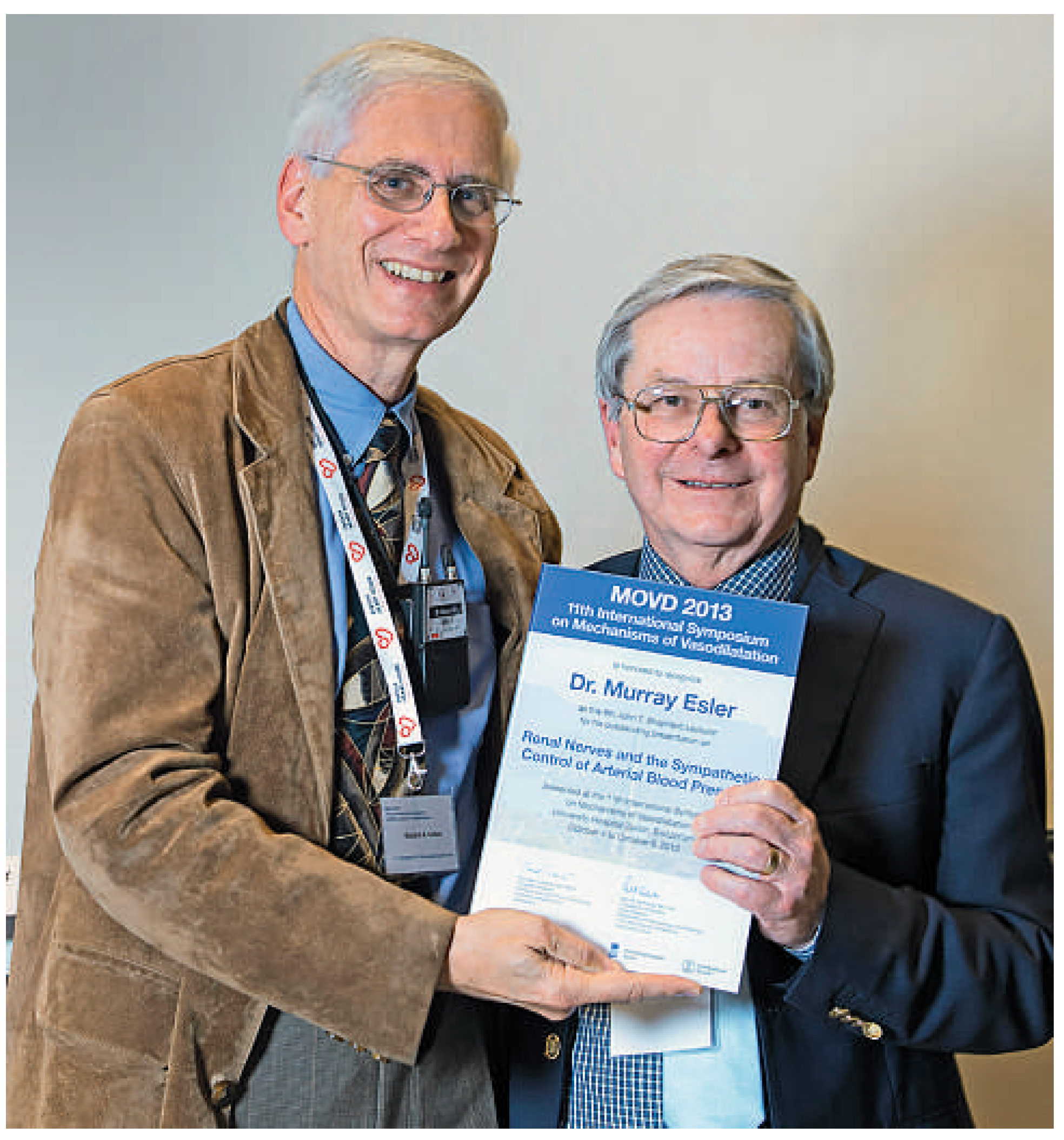
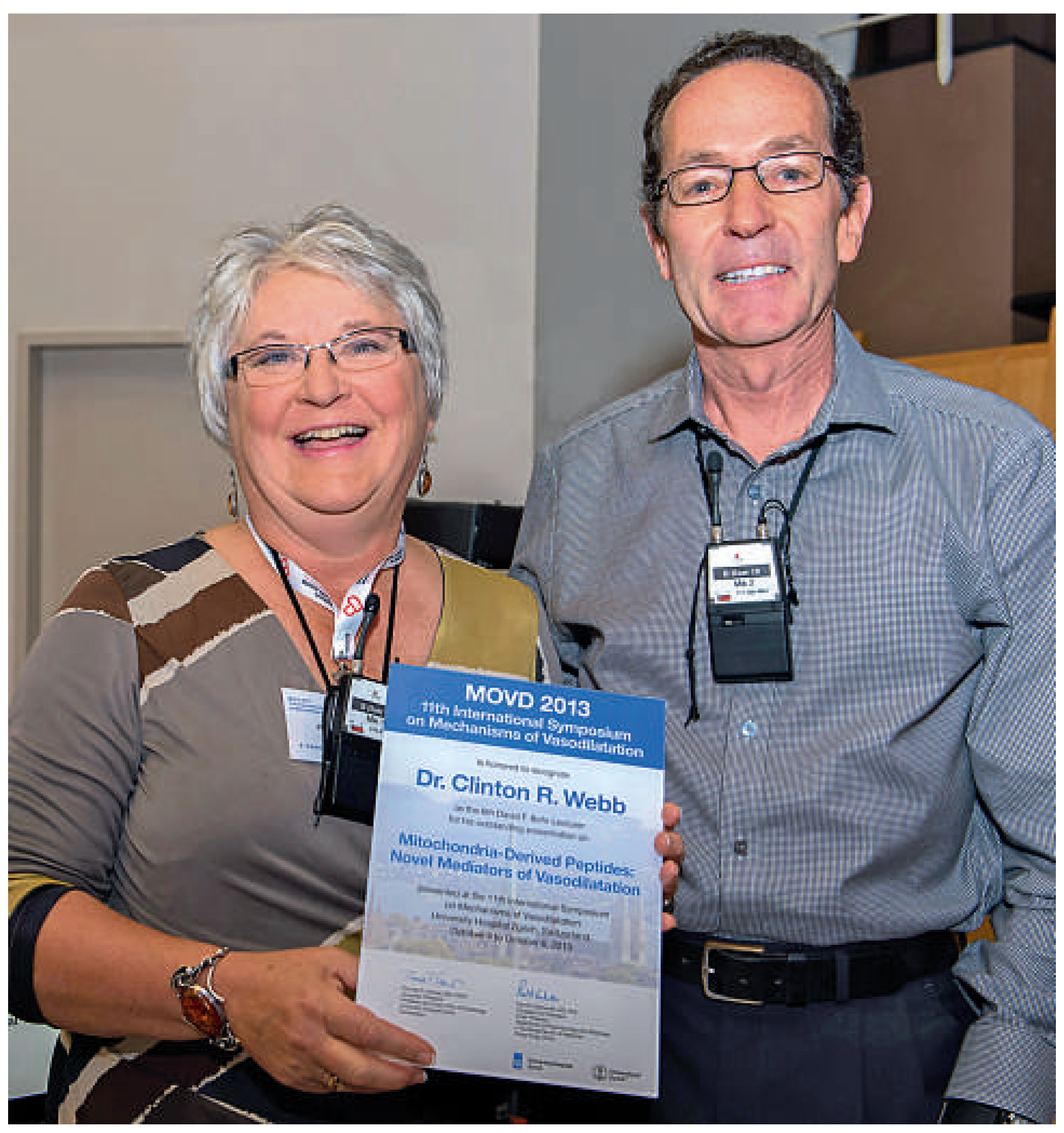

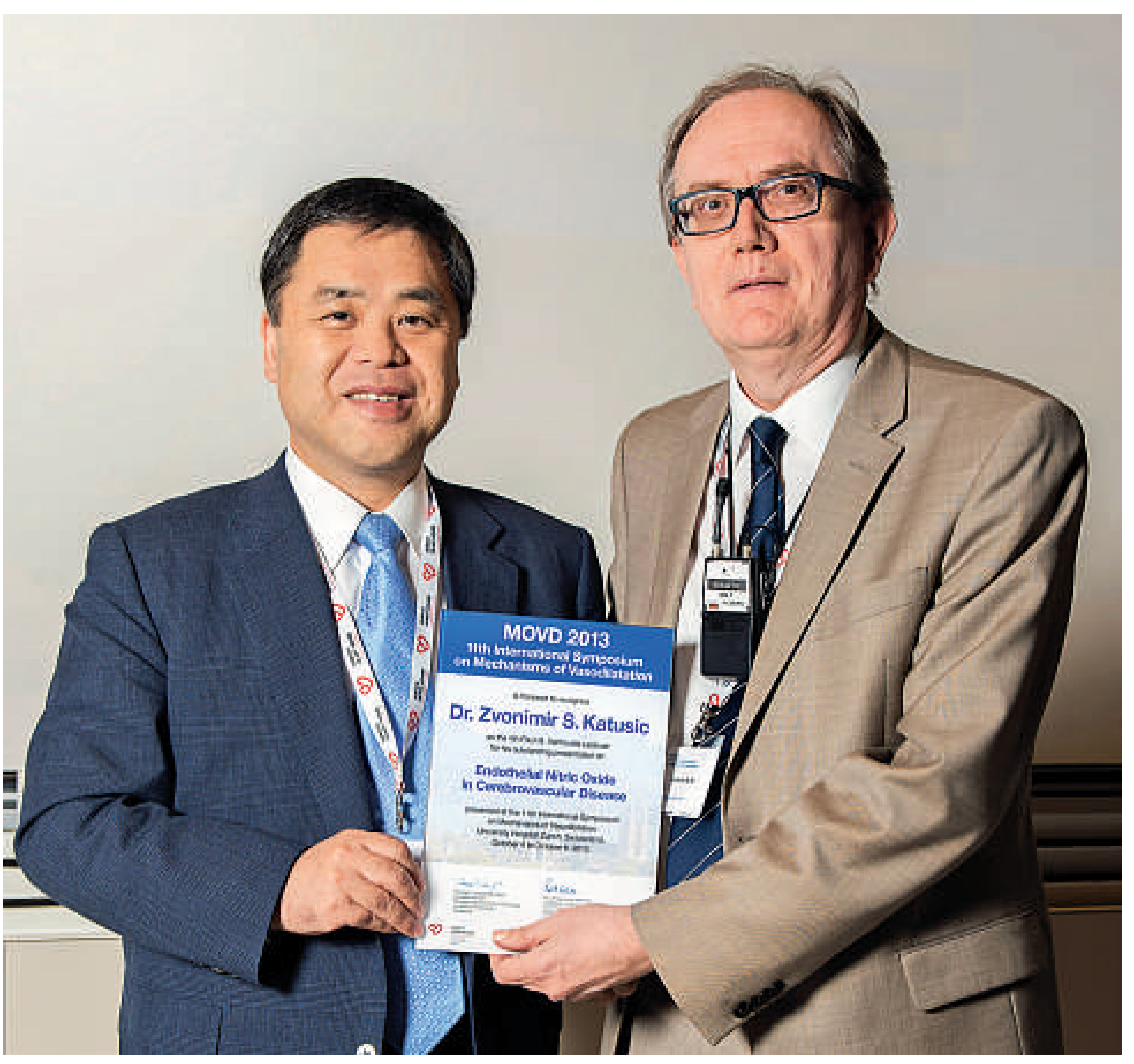
© 2013 by the author. Attribution - Non-Commercial - NoDerivatives 4.0.
Share and Cite
Amstein, R.; Lüscher, T.F.; Vanhoutte, P.M. 11th International Symposium on Mechanisms of Vasodilation October 4–6, 2013, University Hospital Zurich, Switzerland. Cardiovasc. Med. 2013, 16, 332. https://doi.org/10.4414/cvm.2013.00199
Amstein R, Lüscher TF, Vanhoutte PM. 11th International Symposium on Mechanisms of Vasodilation October 4–6, 2013, University Hospital Zurich, Switzerland. Cardiovascular Medicine. 2013; 16(12):332. https://doi.org/10.4414/cvm.2013.00199
Chicago/Turabian StyleAmstein, Ruth, Thomas F. Lüscher, and Paul M. Vanhoutte. 2013. "11th International Symposium on Mechanisms of Vasodilation October 4–6, 2013, University Hospital Zurich, Switzerland" Cardiovascular Medicine 16, no. 12: 332. https://doi.org/10.4414/cvm.2013.00199
APA StyleAmstein, R., Lüscher, T. F., & Vanhoutte, P. M. (2013). 11th International Symposium on Mechanisms of Vasodilation October 4–6, 2013, University Hospital Zurich, Switzerland. Cardiovascular Medicine, 16(12), 332. https://doi.org/10.4414/cvm.2013.00199



